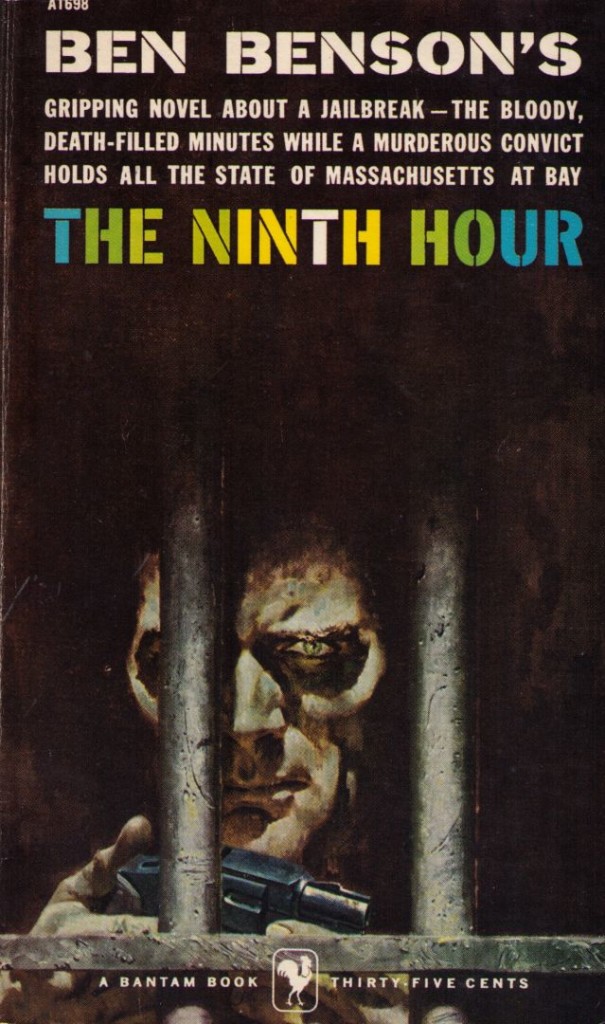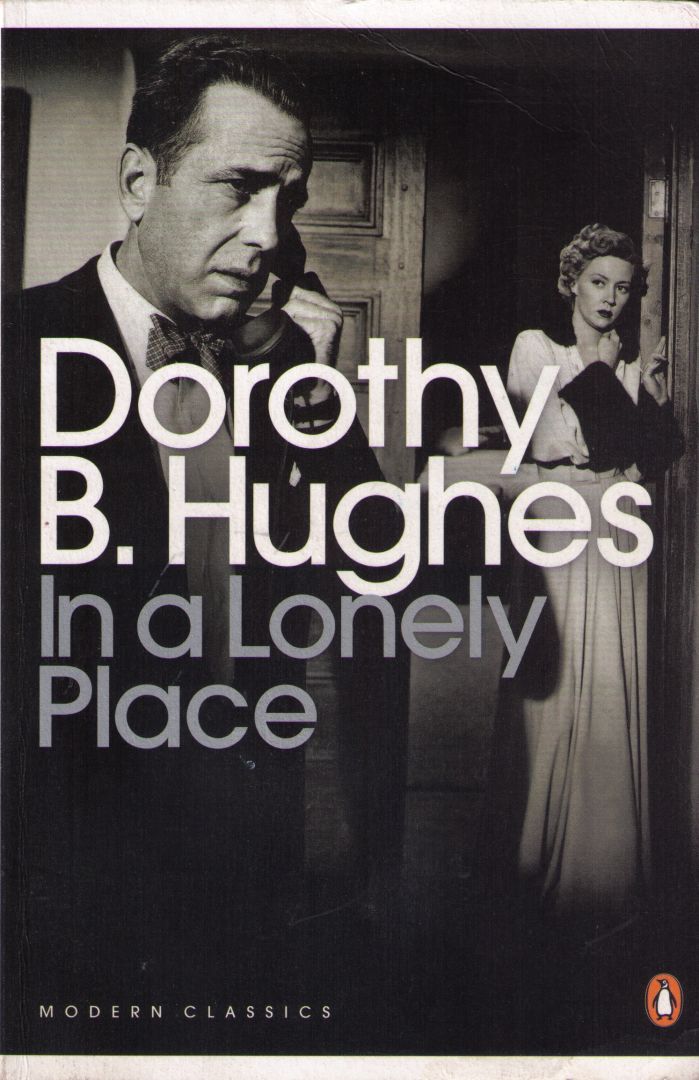Search
-
Recent Posts
- Dishing up Pulp Curry in a new way: why I am starting a Substack newsletter
- Book reviews: Deadly dames, midcentury Brit pulp and 1970s science fiction
- Mackenna’s Gold (1969): Gold, Ghosts and Frontier Violence
- Orphan Road book launch
- Orphan Road now available
- Pre-orders open for my new novel, Orphan Road
- Cover reveal: Orphan Road, my follow up to Gunshine State
- Breakfast in the Ruins podcast: New English Library Bikermania
- Why 1973 was the year Sidney Lumet took on police corruption
- Men’s Adventure Quarterly: Gang Girls issue
Categories
- 1960s American crime films
- 1970s American crime films
- 1980s American crime films
- 1990s American crime films
- Adrian McKinty
- Albert Dekker
- Andre De Toth
- Angela Savage
- Angie Dickinson
- Anthony Zerbe
- Asian noir
- Australian crime fiction
- Australian crime film
- Australian noir
- Australian popular culture
- Australian pulp fiction
- Australian television history
- Ava Gardner
- Beat culture
- Belmont Tower Books
- Ben Wheatley
- Billie Whitelaw
- Black pulp fiction
- Blaxsploitation
- Book cover design
- Book Reviews
- British crime cinema
- British pulp fiction
- Bryan Brown
- Burt Lancaster
- Carter Brown
- Charles Durning
- Charles Willeford
- Chester Himes
- Christopher G Moore
- Christopher Lee
- Cinema culture
- Claude Atkins
- Coronet Books
- Crawford Productions
- Crime Factory
- Crime Factory Publications
- Crime fiction
- Crime fiction and film from Africa
- Crime fiction and film from Cambodia
- Crime fiction and film from China
- Crime fiction and film from India
- Crime fiction and film from Indonesia
- Crime fiction and film from Japan
- Crime fiction and film from Laos
- Crime fiction and film from Latin and Central America
- Crime fiction and film from Malaysia
- Crime fiction and film from New Zealand
- Crime fiction and film from Scandinavia
- Crime fiction and film from Singapore
- Crime fiction and film from South Korea
- Crime fiction and film from Thailand
- Crime fiction and film from the Philippines
- Crime Fiction and film set in Vietnam
- Crime film
- Dangerous Visions and New Worlds Radical Science Fiction 1950 to 1985
- David Goodis
- David Peace
- David Whish-Wilson
- Derek Raymond
- Diana Dors
- Dirk Bogarde
- Don Siegel
- Don Winslow
- Donald Westlake aka Richard Stark
- Dystopian cinema
- Ernest Borgnine
- Eurocrime
- Fawcett Gold Medal Books
- Femme fatale
- Fernando Di Leo
- Filipino genre films
- Film Noir
- Forgotten Melbourne
- French cinema
- French crime fiction
- Garry Disher
- Gene Hackman
- George V Higgins
- Georges Simenon
- Ghost Money
- Giallo cinema
- Gil Brewer
- Girl Gangs, Biker Boys and Real Cool Cats: Pulp Fiction & Youth Culture, 1950-1980
- Gloria Grahame
- Gold Star Publications
- Gregory Peck
- Gunshine State
- Heist films
- Horror
- Horwitz Publications
- Humphrey Bogart
- Ian Fleming
- Interviews
- Ira Levin
- James Caan
- James Crumley
- James Ellroy
- James Hadley Chase
- James Woods
- Jim Brown
- Jim Thompson
- Joel Edgerton
- John Frankenheimer
- Joseph Losey
- Karen Black
- Kerry Greenwood
- Kinji Fukasaku
- Larry Kent
- Laura Elizabeth Woolett
- Lee Marvin
- Leigh Redhead
- Lindy Cameron
- M Emmet Walsh
- Mad Max
- Mafia
- Malla Nunn
- Martin Limon
- Megan Abbott
- Melbourne International Film Festival
- Melbourne Writers Festival
- Men's Adventure Magazines
- Michael Caine
- Michael Fassbender
- Mickey Spillane
- Monarch Books
- Ned Kelly Awards
- Neo Noir
- New English Library
- Newton Thornburg
- Noir Con
- Noir fiction
- Non-crime reviews
- Oren Moverman
- Orphan Road
- Ozsploitation
- Pan Books
- Parker
- Paul Newman
- Peter Boyle
- Peter Corris
- Peter Strickland
- Peter Yates
- Poliziotteschi
- Pulp fiction
- Pulp fiction in the 70s and 80s
- Pulp fiction set in Asia
- Pulp Friday
- Pulp paperback cover art
- Qui Xiaolong
- Raymond Chandler
- Richard Burton
- Richard Conte
- Robert Aldrich
- Robert Mitchum
- Robert Ryan
- Robert Stone
- Rock Hudson
- Roger Smith
- Rollerball
- Rosaleen Norton
- Roy Scheider
- Rural noir
- Sam Levene
- Sam Peckinpah
- Samuel Fuller
- Science fiction and fantasy
- Scripts Publications
- Sidney Lumet
- Sidney Poitier
- Simon Harvester
- Snowtown
- Snubnose Press
- Spies
- Stanley Baker
- Sterling Hayden
- Steve McQueen
- Sticking it the the Man Revolution and Counter Culture in Pulp and Popular Fiction 1950 1980
- Stuart Rosenberg
- Tandem Books
- Tart noir
- Tartan Noir
- Ted Lewis
- Toni Johnson Woods
- True crime
- Vicki Hendricks
- Victor Mature
- Vintage mug shots
- Vintage pulp paperback covers
- Wallace Stroby
- War film
- Westerns
- William Friedkin
- Woody Strode
- Yakuza films
- Yaphet Kotto
Nothing but noir
Recommended reading
The lurid world of pulp
- 20th century Danny Boy
- American Pulps
- Bear Alley
- Bloody, Spicy, Books
- Comics Down Under
- Everything second hand
- Existential Ennui
- Greenleaf Classic Books
- Irv O. Neil's Erotica is My Trade
- Killer Covers
- Lost Classics of Teen Lit 1939-1989
- Luminist Archives
- Men's Pulp Mags
- Mporcius Fiction Log
- Murder, Mayhem and Long Dogs
- Neglected Books
- Nocturnal Revelries
- Paperback Warrior
- Paperbacks of the Gods
- Pop Sensation
- Pulp artists
- Pulp Covers
- Pulp Crazy
- Pulp Flakes
- Pulp International
- Pulp Magazines Project
- Pulp Serenade
- Realms of the Night
- Romance Fiction Has a History
- Rough Edges
- Sin Street Sleaze
- Spy Guys and Gals
- The department of Afro American Research Arts & Culture
- The Dusty Bookcase
- The Haunted World of Richard Sala
- The Moon Lens
- The Nick Carter & Carter Brown Blog
- The Pulp & Paperback Fiction Reader
- Too Much Horror Fiction
- True Pulp Fiction
- Vault of Horror
- Vintage Nurse Romance Novels
- Vintage Romance Novels
- Welcome to the Pan Paperback
- Yellow and Creased
Support This Site
If you like what I do please support me on Ko-fi
Tag Archives: Patricia Highsmith
My top 10 reads of 2018
 I reconciled myself long ago to the fact I will never get to the end of a year without thinking I have not read as much as I should have. That said, I have read some great books this year. Fiction and non-fiction, old books and new, in no particular order, here are my top ten reads for 2018.
I reconciled myself long ago to the fact I will never get to the end of a year without thinking I have not read as much as I should have. That said, I have read some great books this year. Fiction and non-fiction, old books and new, in no particular order, here are my top ten reads for 2018.
Red Dragon, Thomas Harris
This year, I read a few bestsellers from the past to see if I can figure out what made them so successful, and this was my favourite. The book that introduced Hannibal Lector, it is a riveting rollercoaster ride into the serial killer mind. Beautifully written and acutely observed. Harris includes some incredible detail on forensics and police procedure without overdoing it. Red Dragon is the perfect mix of elevated airport novel and hardboiled crime story.
Twisted Clay, Frank Walford
Australian writer, Frank Walford’s 1933 account of a murderous young woman, a pathological liar and sociopath, was banned in Australia until the late 1950s. The story, which contains patricide, sex work, suicide and the young female main character’s burgeoning awareness and enjoyment of her lesbian sexuality, is a wonderfully lurid read. One can only wonder what readers must have made of it in the 1930s. Not surprisingly, they seemed to like it as it was a bestseller in the UK and US, where it was published.… Read more
Posted in 1970s American crime films, Book Reviews, Crime fiction, Noir fiction, Non-crime reviews, Science fiction and fantasy, True crime
Tagged 1966: The Year the Decade Exploded, Beautiful Revolutionary, Bran Mak Morn: Legion From the Shadows, Charles Taylor, Elka Ray, Frank Walford, Hard Boiled Hollywood: Crime and Punishment in Post-War Los Angeles, Jack Waters, Jon Lewis, Jon Savage, Karl Edward Wagner, Laura Elizabeth Woollett, Opening Wednesday at a Theater Or Drive-In Near You: The Shadow Cinema of the American 1970s, Patricia Highsmith, Red Dragon, Ripley's Game, Saigon Dark, Scott Adleberg, Scott Adlerberg, Thomas Harris, Twisted Clay
Adventures in noir land
It has been a while since I’ve posted here on Pulp Curry. This is because I’ve spent the last few weeks travelling in the US. I spent time in New York and Washington DC. I also visited the City of Brotherly Love, Philadelphia, the home of Edgar Allen Poe, David Goodis and, every two years, one of the most interesting literary festivals I have experienced, NoirCon.
NoirCon is not your common or garden-variety festival. No way. And that is a very good thing.
First of all, the focus is firmly on noir, mainly fiction, but also film, poetry or whatever (and that last category, ‘whatever’, encapsulates some pretty bizarre material). I’m not saying there’s not a place for broader events that include a wider range of contributors and crime fiction sub-genres. But it’s also great to sit in a room of people who are, for once, more or less, all on the same page in terms of their love of noir, and not have to feel you have to justify or explain the focus.
Second, although it’s not exactly an exclusive event, neither does it try to be any bigger than need be. I get the feeling that while organiser, Lou Boxer, does his best to come up with new presenters and topics, he’s happy for the event not to get out of control or stray beyond the noir remit.… Read more
Pulp Friday: prison pulp
 “Gripping novel about a jailbreak – The bloody, death filled minutes while a murderous convict holds all the state of Massachusetts at bay.”
“Gripping novel about a jailbreak – The bloody, death filled minutes while a murderous convict holds all the state of Massachusetts at bay.”
Jail breaks, prison life, men and woman wrongly convicted and languishing in hell hole jails, all these were popular themes in cinema in the fifties, sixties and early seventies. They were also popular topics for pulp fiction.
Exhibit A is this selection of prison pulps from my collection.
Between them, these books cover off on all the main themes associated with prison pulp.
There are tension filled jail breaks in Billy Braggs and The Ninth Hour (“Three desperate prisoners, armed with smuggled .45’s, were holed up in the Isolation Cell Block, with two guards as hostages”).
Wrongfully convicted men feature in The Fall of the Sparrow, Headed For the Hearse (“His address was Death Row and his lease was up in six days…”), and Patricia Highsmith’s The Glass Cell.
The travails of women behind bars, particularly their sensationalised sexual exploits, are the subject of the two Australian pulps represented below, The Lights of Skaro and Queen Rat (“From behind bars Dawn Arness ruled the lives of prisoners and guards alike. She was Queen Rat”).
Prison was particularly suited to my favourite sub-genre of pulp fiction, tabloid-style reporting dressed up as serious sociological inquiry.… Read more
In a Lonely Place
 One of my favourite classic film noirs, without doubt, is Nicholas Ray’s 1950 masterpiece In A Lonely Place.
One of my favourite classic film noirs, without doubt, is Nicholas Ray’s 1950 masterpiece In A Lonely Place.
It’s a taunt, claustrophobic film that works on a very emotional level for me, much more so than most classic noirs I can think of, a devastating story about the artistic process of writing and one of the few period noirs that casts a critical eye on male violence. No matter how many times I’ve seen it, I always end up with a knot in my stomach from on-screen tension.
Dix Steele (Humphrey Bogart) is a cynical screenwriter on the verge of being washed up. He also has a very violent streak to his personality that’s obviously got him into trouble many times. His agent gives him a chance for a comeback, a gig adapting a novel into a screenplay for a director well known for his popular mainstream fare. Exactly the type of film Dix hates.
His self-sabotaging distain for the job is evident when he discovers the hatcheck girl at the nightclub he’s spent the evening in has read the book he’s been asked to adapt. He invites her back to his apartment for her take about the tome. His worst suspicions about the job confirmed, he sends the girls on her way with taxi fare and goes to bed.… Read more






















